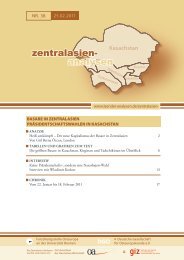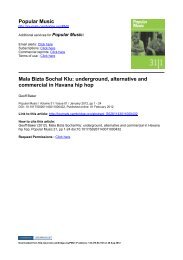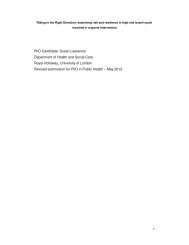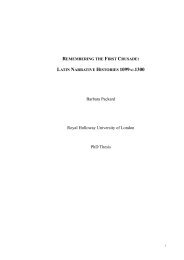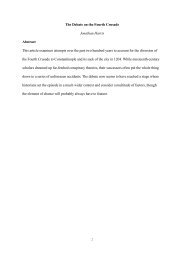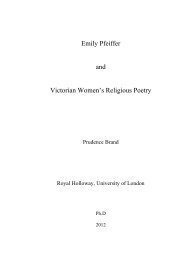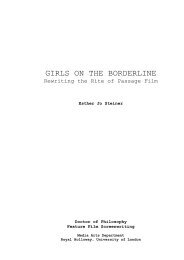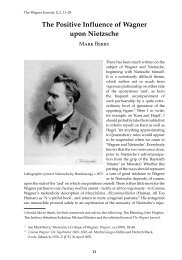Dynamic Capabilities: A Review and Research Agenda
Dynamic Capabilities: A Review and Research Agenda
Dynamic Capabilities: A Review and Research Agenda
You also want an ePaper? Increase the reach of your titles
YUMPU automatically turns print PDFs into web optimized ePapers that Google loves.
competences to match the requirements of a changing environment”. This is hardly<br />
different from their definition of dynamic capabilities- “the firm’s ability to integrate,<br />
build, <strong>and</strong> reconfigure internal <strong>and</strong> external competences to address rapidly changing<br />
environments” (Teece et al. 1997 p.516). Furthermore, Eisenhardt <strong>and</strong> Martin (2000<br />
p.1107) define dynamic capabilities as “the firm’s processes that use resources –<br />
specifically the processes to integrate, reconfigure, gain <strong>and</strong> release resources – to<br />
match <strong>and</strong> even create market change,” <strong>and</strong> “… the organizational <strong>and</strong> strategic<br />
routines by which firms achieve new resources <strong>and</strong> configurations as markets emerge,<br />
collide, split, evolve, <strong>and</strong> die.” This suggests that dynamic capabilities are simply<br />
processes <strong>and</strong> therefore does not lend us further underst<strong>and</strong>ing of the distinction<br />
between dynamic capabilities <strong>and</strong> processes. Confounding the situation is the fact that a<br />
significant number of empirical studies pertinent to dynamic capabilities do not<br />
explicate the concept (i.e. Malerba et al. 1999; Forrant <strong>and</strong> Flynn 1999; Delmas 1999;<br />
Lehrer 2000; D’Este 2002; Salvato 2003; Figueiredo 2003; Sako 2004; Mota <strong>and</strong> de<br />
Castro 2004; George 2005; Woiceshyn <strong>and</strong> Daellenbach 2005). Instead, these studies<br />
simply describe how firm evolution occurs over time, most usually illustrated through<br />
case studies. Moreover, there are even contradictory arguments in the literature. For<br />
example, Zollo <strong>and</strong> Winter (2002) reckon that dynamic capabilities are structured <strong>and</strong><br />
persistent in a given organisation, while Rindova <strong>and</strong> Kotha (2001), through their<br />
empirical research, identify dynamic capabilities as emergent <strong>and</strong> evolving. Given the<br />
mixed use <strong>and</strong> interpretation of terminologies, the definitional issue of dynamic<br />
capabilities remains to be clarified.<br />
Second, the RBV has been criticised for being static <strong>and</strong> sustained competitive<br />
advantage has been seen as unlikely in dynamic markets (D’Aveni 1994; Eisenhardt <strong>and</strong><br />
6




